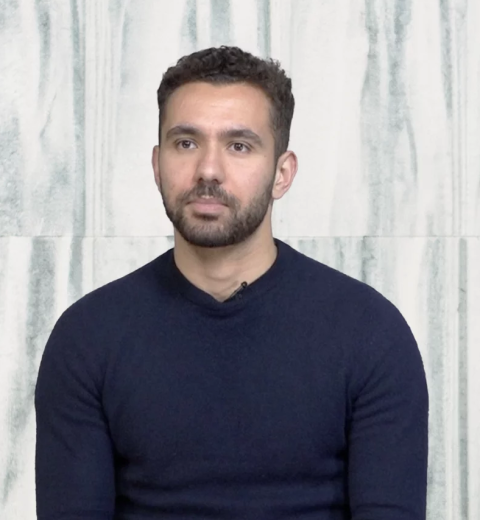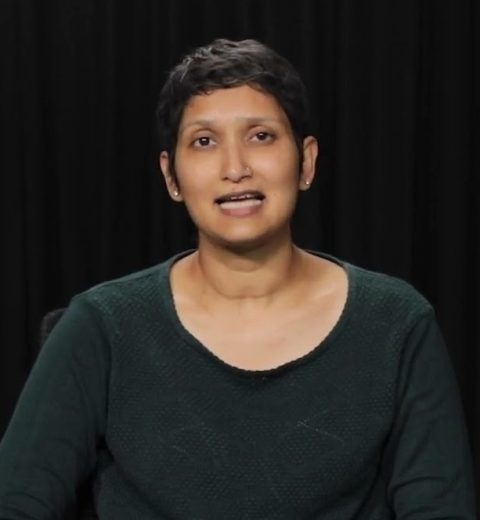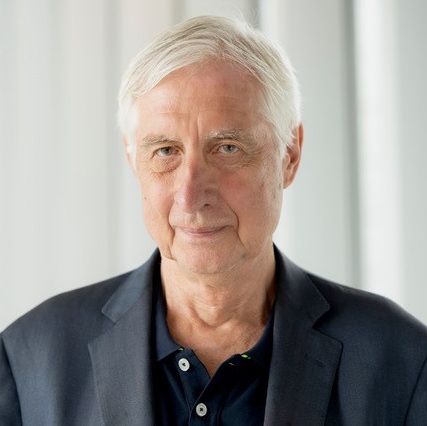How to investigate our ‘Creative Cities’ program?
There is a clear need for a continuous conversation about the best way to shape the future of Indian cities. This is a conversation that should be take place across multiple cities, with learnings from each other. Therefore, it is proposed to hold an Imagining the Indian City Workshop annually in different Indian cities.
The first of those was held in Bangalore, with the next two planned in Chennai then Pune. These conversations will gather academics, practitioners and urban innovators in multi-day get-togethers. Half of each conversation will focus on the host city, and the other half will be for learnings from elsewhere.
We call it our ‘Creative Cities’ program.
What background?
Cities have always concentrated the paradoxes and enigmas of life in society
On the one hand, territorial material developments — whose purely spatial (topos) and purely temporal (chronos) dimensions are incontestable — are essential to their development, but the life paths (eidos, chôra) of city dwellers cannot be reduced to them ([1], [2], [3], [4]).
In the early 2000s, Augustin Berque proposed the concept of ecumene, as “an ecological, technical and symbolic relationship between humanity and the earth’s expanse”. In the ecumene, he wrote [5], “the present is nothing without the past or the future”.
The fact remains that the city organizes public spaces, private spaces, spaces "open – under conditions – to the public" [7], common spaces, Commons (in the precise sense of [8]), hybrid economic spaces [9], thus offering possibilities for journeys and encounters, stimulating the rhythm and habitus [10] as much as the creativity of the inhabitants, designing more or less characteristic neighborhoods for use (business district, student district, red light district, tourist district, etc.).
The city being by nature a conflictual cosmopolitan place (Who is encouraged to live there? To do what?), the regulation of its development is a matter of public policies, inheriting multiple organizations and traditions. Therefore, few Commons can easily result from a perfect agreement of the private stakeholders.
One of the difficult questions concerns the democratic participation of residents in defining the political options to be defended, with planning policies certainly falling under the responsibility of delegated institutions, but which must remain under the direct influence of city dwellers: a city for city dwellers, but also designed by city inhabitants.
The advent of massive digital data in the urban landscape
In the city as elsewhere, the advent of massive digital data – combined with analysis and learning capacities more or less automatically assisted by computers – is likely to change many uses of the city and planning/regulation practices, whether they are driven by new needs/desires or pulled by new opportunities.
Indeed, the exploitation of massive digital data potentially makes it possible to rationalize/optimize urban services (mobility, opening hours, accessibility), to predict event occurrences (various risks), and to innovate more systematically.
Of course, the definitively political character of the city is not changed in any way, and we should be able to guard against the hegemonic pretensions of technology, which always tends – at least in its early stages – to assert itself in an outrageous way. This is the bias of techno-centrism or “technological solutionism”, not always easy to clearly flush out and discern from productive innovation.
The example of the excesses of the ‘Smart City’ approach is edifying. The dystopia consisting of claiming that it is reasonable to expect a digital twin of a city to open up to the resolution of (political) questions related to its collective housing mode is obviously naive and dangerous. Forms hide what they do not show: digital data certainly have attractive aptitudes for automated exploitation, but they tend to deliver forms that hide the invisible (by them, spontaneously) of the enigmas and paradoxes of life in society, and could suggest that politics is here reducible to accounting reason (very often economic, therefore).
The fact remains that it is above all not a question of throwing the baby out with the bathwater: What exactly can Digital Public Infrastructures (DPI) do for the city? How can urban data document new uses and facilitate citizen innovation and territorial intelligence? Can they encourage participation and help to delineate (digital) Commons?
Since creativity can only be a process that is sustainably anchored in culture, clearly aimed at the future, and therefore in singular symbiosis with an environment, how can digital data participate in creativity and its expansion to other scales? In particular, how can we address the Wicked Problems that cities now face?
Outcomes and continuity: a Workshop in a different Indian city each year
The project aims strongly for outcomes and continuity.
With a new location each year, different in each Indian city, a Workshop will be settled.
The first one will take place in Bangalore, targeting ‘Creative Bangalore’.
The ‘Creative Bangalore’ Workshop
The ‘Creative Bangalore’ Workshop (10th to 14th March 2025) was bringing together various participants, chosen to form a sustainable collective capable of shedding light on a certain number of key questions and moving towards increasingly measurable contributions. Initial key questions:
- Genericity and reproducibility of the Creative Cities model developed by Patrick Cohendet ([11], [12])
- Digital data, Digital Public Infrastructure (DPI) and territorial intelligence
- Placement of (Digital) Commons
- Digital representations of culture ([13], [14])
- Digital representations of Wicked Problems ([15])
- The case of Bangalore (BLR):
Main hypotheses The approach will rely on:
• Some cultural specificities of BLR (based on history, geography, urbanism, society, anthropology, political context, …)
• Some target dealing with some wicked problems to be addressed in the short future (climate change, biodiversity decline, polluted environment, …)
• Some (digital) commons targets
• An adaptive and resilient process connecting all that, at a certain scale
2. Main heuristic
Turning Bangalore to ‘Creative Bangalore’, a creative (silicon) city, based on Tech companies and startups, using both their networks and their tools (AI, DPI) to use case it, towards the creation of some Digital Commons.
Exploitation methodology
Before the Workshop, we had access to:
- a dedicated session of our second Indo-French Workshop on DPI & AI (December 2024)
- some resources gathered to prepare the Workshop (document, bibliography, state of the art, contacts)
During the Worksop, we have:
- recorded the sessions
- shared the slides
- multiplied the discussion and debates, formal or informal (between the sessions)
After the Workshop, we had access — apart from the Workshop sessions content itself — to:
- some important closing remarks from some participants (like Michel Bauwens, Patrick Cohendet, Sharad Sharma, Véronique Briquet)
- several classifications of the different contributions (put forward by iSPIRT and discussed remotely within the participants):
-
- concerning the usecases/application domains
- concerning the geo/urban data concerns linked to the contribution, by distinguishing several cases (The contributor uses and/or produces geo/urban data, his main purpose being to propose some disruptive/interesting innovation; The contributor is trying to meet a specification or to open new markets by using geo/urban data; The contributor is trying to build geo/urban data spaces and/or Digital Public Infrastructures, to scale up some application fields; The contributor is trying to organize and specify some use cases for public goods at a certain level (one city, a network of cities, a state, a state union); The contributor is trying to concentrate some specific tool or to build a technical platform; The contributor is trying to think the global picture and to propose some pathway; The contributor is trying to organize adoption, education, consulting and creativity around geo/urban data and applications; The contribution is thinking the interface with art, design and communication)
Then we have raised:
- some (short term) ‘next step’ ideas that could easily lead to some partnership of cooperation between contributors
- some (middle term) questions that could be addressed and developed inside some given sub-categories of contributors
- trying to identify a governance of all that process in the long term
The main idea is:
- to develop ‘practical actions’ and innovation through partnership
- to develop some oriented conceptual and technology watch in the domain
- to learn for an incremental pre-positioning for the next ‘Creative City’ Workshop
- to develop a dashboard for better managing the ‘Imagining the Indian Cities’ program





